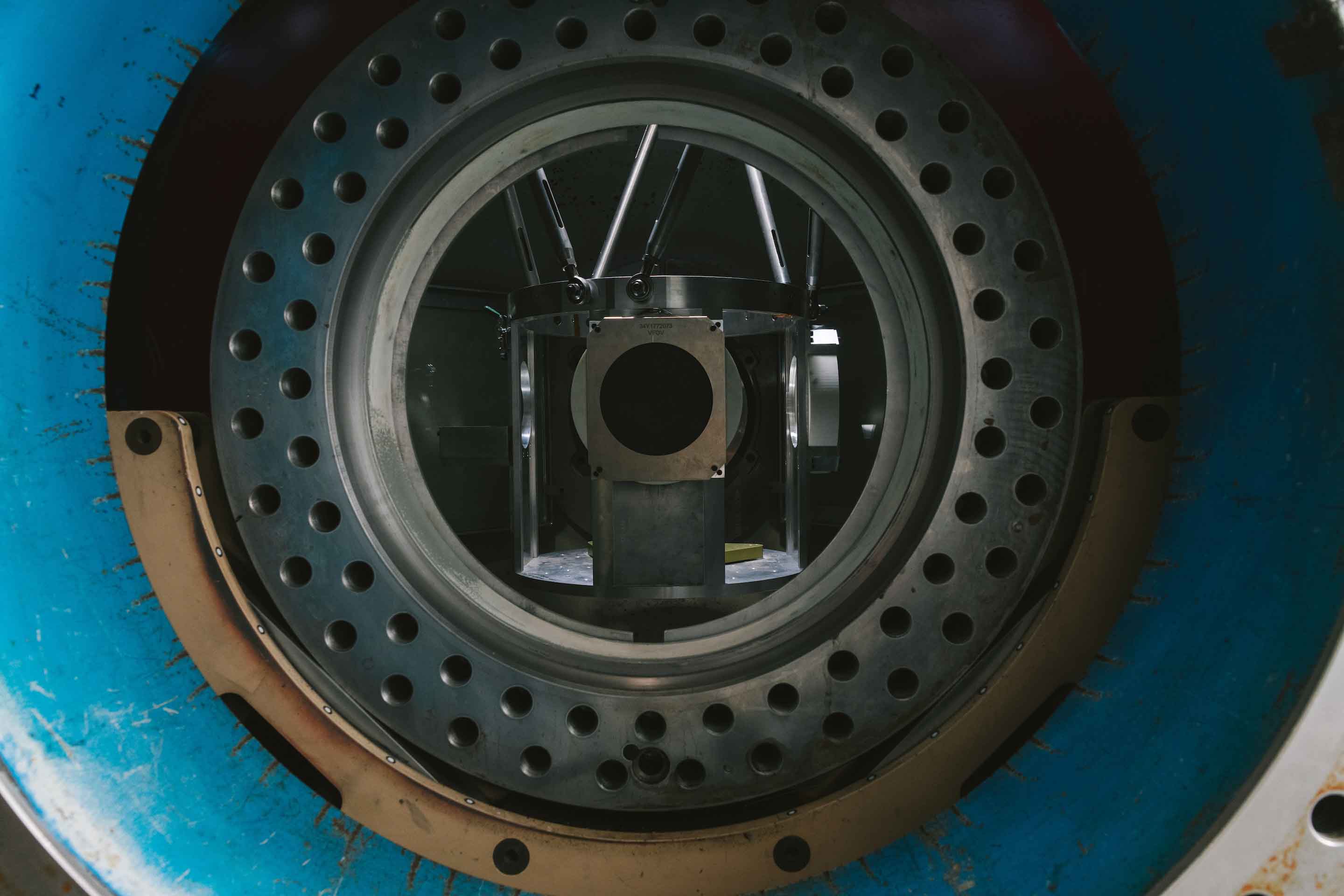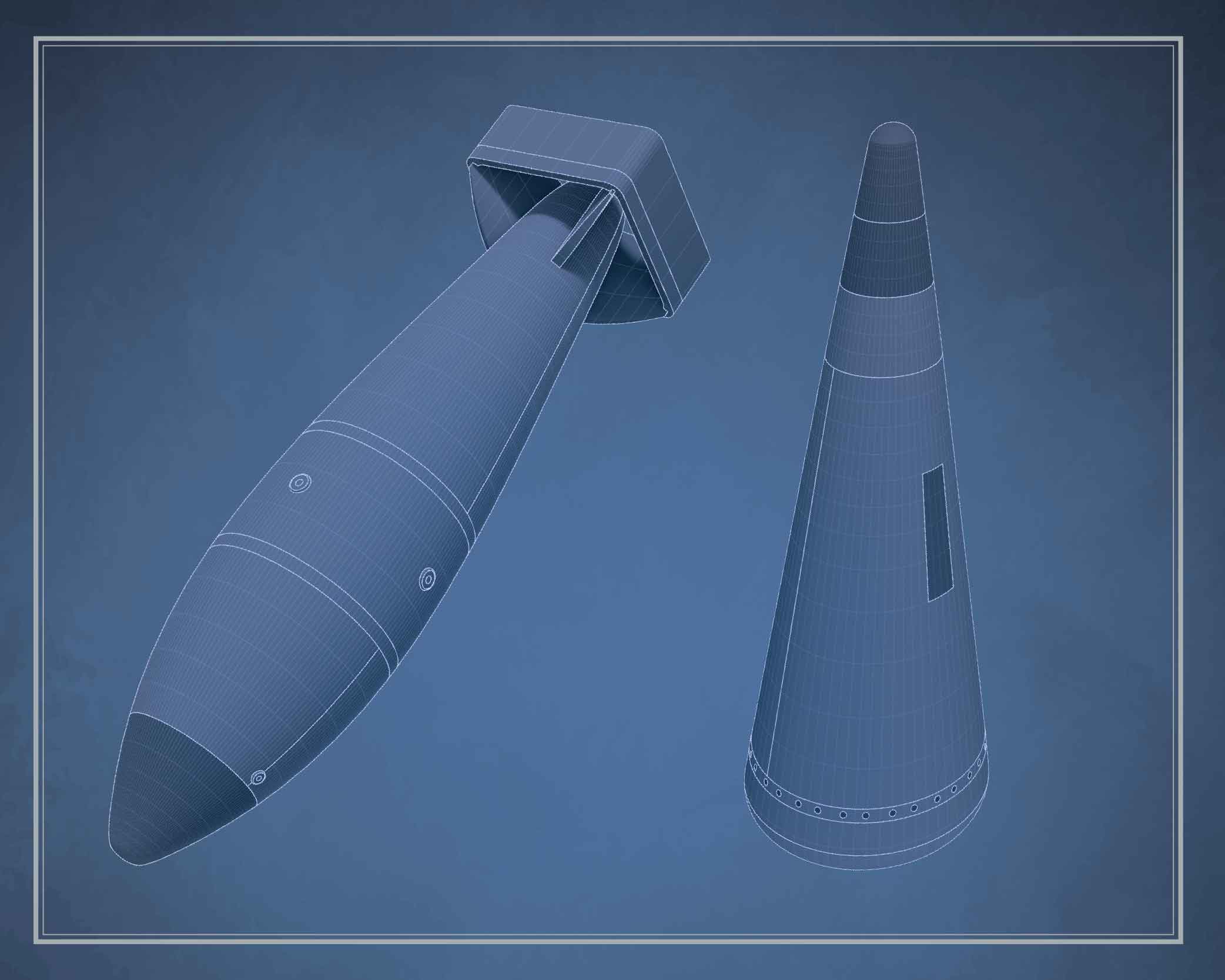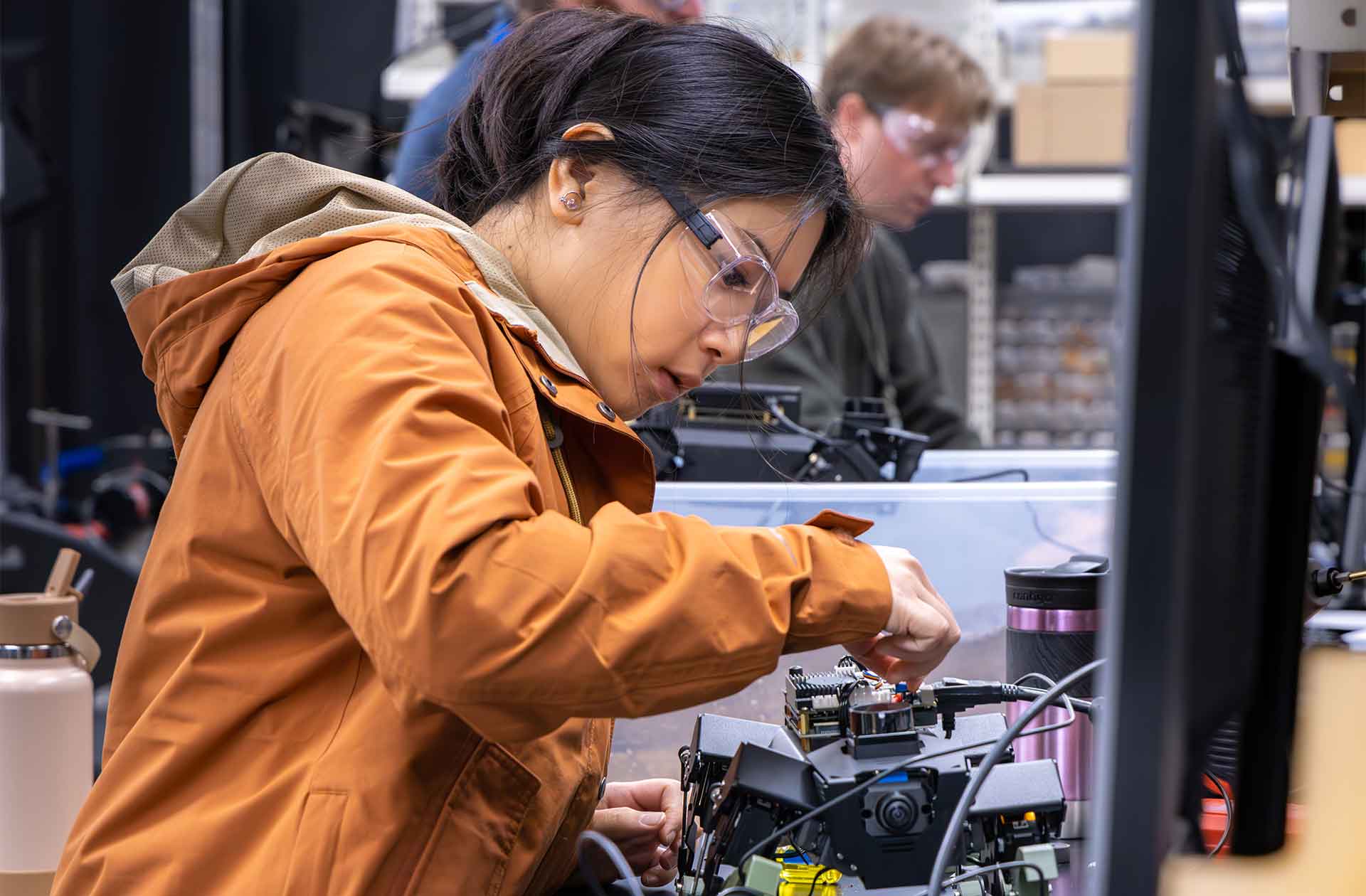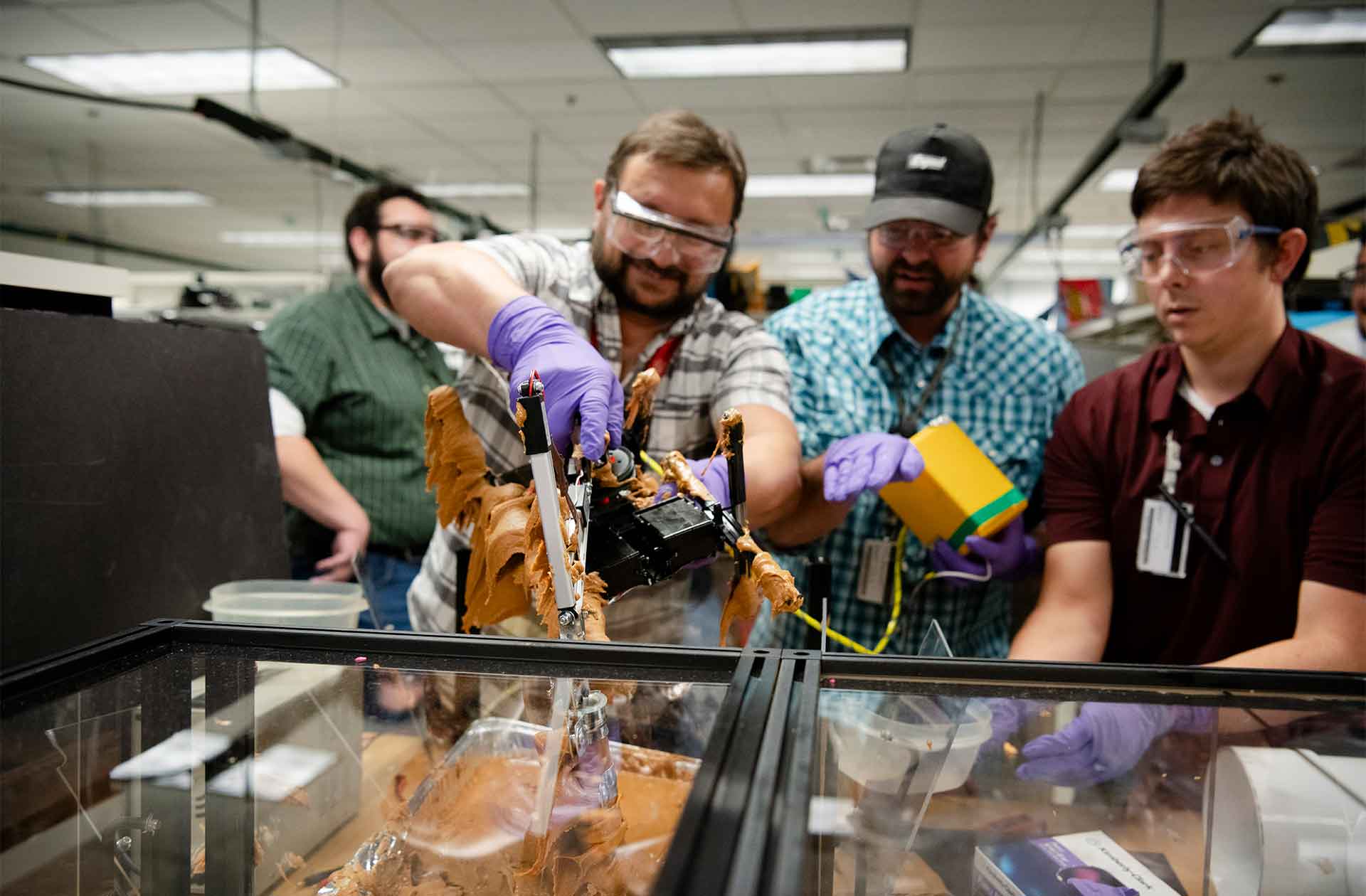Q&A: Ask a physicist
Tina McKee answers four questions about her work on a recent hydrodynamic experiment.
- Whitney Spivey, Editor

Tina McKee was the lead experimenter on a recent hydrotest at Los Alamos National Laboratory's Dual-Axis Radiographic Hydrodynamic Test (DARHT) facility. In a DARHT experiment, scientists detonate a mock nuclear weapon and take radiographs of the resulting implosion. The heat and pressure created by the implosion cause the weapon’s nonnuclear core to melt and flow like water. This change from solid metal to liquid is why the experiment is considered “hydrodynamic” and often called a “hydrotest.”
NSS caught up with McKee recently to ask her about her work on these tests.
What is a lead experimenter?
The lead experimenter is responsible for all aspects of a hydrotest at DARHT and has the technical knowledge to make the right decisions and troubleshoot along the way. As lead experimenter, I coordinated with everyone—physicists, engineers, accelerator operators, and others—to ensure we got the best data we could get from the hydrotest. I had a blast working with so many different people at the Lab. Everyone works together as a team because we all have a common goal: a successful hydrotest with excellent data collection.
What was your reaction when you were named lead experimenter?
I was honored. It is an incredible amount of responsibility, and the fact that my team trusted me to do the job is very humbling. And in a happy coincidence, all of the subject matter experts for this hydrotest were women. It is excellent to see the technical opportunities available for women at the Lab, and it was a privilege to be given the chance to work with group of esteemed scientists.
What’s the atmosphere like at DARHT on test day?
It’s electric! Everyone is excited to finally be executing the test, but test day is very much “hurry up and wait.” People all bring food to share, and there is usually a big box of breakfast burritos, which go fast. Everyone knows their job, so suddenly the lead experimenter is trying to stay out of people’s way and let them work. It is incredible to see over a year’s worth of work come down to a final countdown of 3…2…1…BANG!
How were the results of the test?
The results were excellent. I think everyone was impressed with how detailed the radiographs were. This test was first proposed more than 10 years ago to answer a safety question for the B61 gravity bomb. DARHT’s radiographic capabilities made DARHT the only to answer that question. We were able to get the best data achievable; in fact, one of my managers called it a “textbook radiograph.” ★








